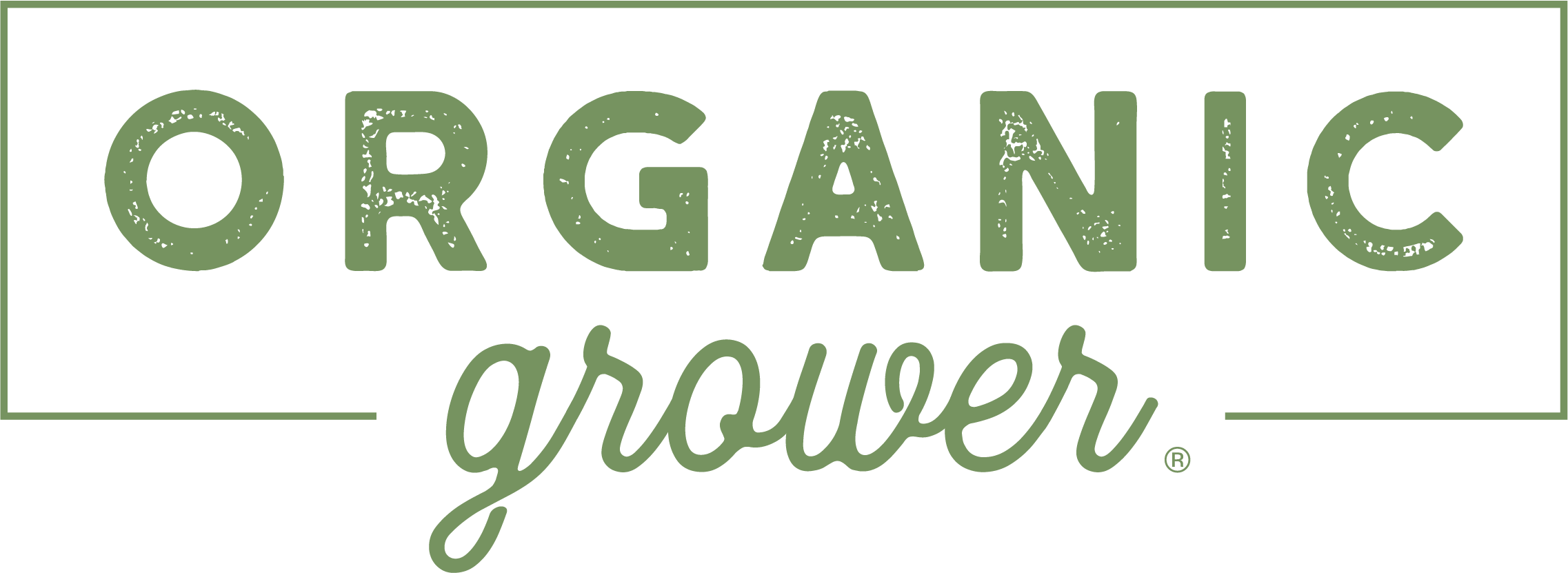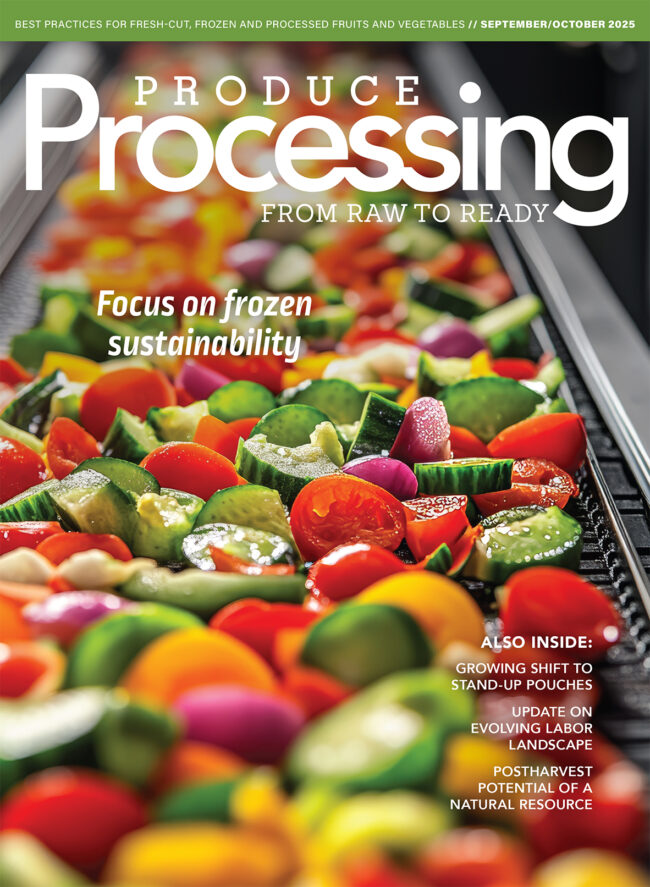Tapping into tree sap to preserve fresh produce
With consumer concern about artificial postharvest preservation solutions growing, pressure has increased to identify viable alternatives that make use of natural ingredients instead of synthetic. One such promising ingredient is gum Arabic, or acacia gum, a substance derived from natural tree sap that is already showing promising results as an edible coating to extend the shelf life of fresh fruits and vegetables.
Prompted by data from the Food and Agriculture Organization of the United Nations showing that an estimated 17% of food is lost to spoilage worldwide, researchers at Australia’s University of Queensland started to search for possible ingredients in their surrounding environment. A team at the Queensland Alliance for Agriculture and Food Innovation, based at the university, combined tree sap with plants native to Australia in an attempt to stop the growth of spoilage-causing microorganisms.
“Bacteria, viruses, fungi and parasites are becoming resistant to synthetic chemicals used to preserve food,” said Maral Seididamyeh, a postdoctoral research fellow in food quality and safety at the university who led the research. “Consumers are increasingly favoring products made with natural preservatives over synthetic additives.”
PROMISING FINDINGS
The premise sparked research that led to gum Arabic being combined with extracts from native Australian plants, delivering surprising results.
“The whole idea was to find some natural ingredients that could enhance the shelf life of fresh produce,” she recalls. “I was working on strawberries and fresh-cut capsicum (bell pepper), and the idea of using gum Arabic — which is widely used in the food industry — came because it has a film- forming ability and it’s non-toxic.”
At the same time, Seididamyeh began studying the anti-microbial abilities of native Australian plants against microbes that typically affect capsicum and strawberries. These plants included Boonjie tamarind, Cape York lilly pilly and Tasmanian pepper leaves.
Using the edible coating, researchers were able to prevent the growth of spoilage microorganisms in the capsicum samples, thanks to the organic acids and phenolic compounds present in the aqueous extracts of the native plants.
Seididamyeh said the extracts showed promising antimicrobial properties, while the sensory analysis also revealed the fruit “looked and smelled better.”
The research team also used a combination of light and curcumin, a compound extracted from turmeric, to deactivate fungal spores on the pepper.

“The curcumin-based photosensitisation technique completely deactivated the fungal spores responsible for gray mold in fresh produce,” Seididamyeh said. “When applied to strawberries, it reduced decay incidence and severity by 20% without compromising the fruit’s color or firmness.”
To counteract the sugar and organic acid in the native plant extracts, the researchers came up with the idea of gum Arabic, which they found to be very effective in preserving fruit “from respiration and also gas exchange that happens during storage.”
“For the capsicum, because my aim was to inhibit the microbial growth, I was able to extend the shelf life from an original four days to 12 days in a fridge,” she said, adding that texture and other quality parameters of the pepper were also maintained during the extended timeframe.
However, the results of the initial testing weren’t entirely satisfying. Seididamyeh said had she bought the capsicum as a consumer, she wouldn’t have eaten it due to “the way the coating was sitting on the fruit.”
“Because of the high concentration of the extract, it was actually very sticky,” she said.
OVERCOMING OBSTACLES
That wasn’t the only setback that the project faced. Following the positive — but sticky — results of the first tests, the research was temporarily put on ice after its previous source of funding dried up.
With a new round of funding close to being confirmed, the project is nearing restart, with testing likely to be broadened to cover other types of fruits and vegetables. Although she is not involved in testing items other than capsicum and strawberries, Seididamyeh said all indications are that other produce items respond well to the coating.
However, when it comes to making the solution available commercially, it could be some time before it moves from the lab to the shelf.
“It’s not available commercially as yet, because the coating formulation needs to be modified, and, because it’s using native plant extracts, that adds to the cost of the coating, and we have to find something that is a bit more cost-effective for industry applications,” Seididamyeh said.
Additionally, while photosensitisation —the process used to deactivate the fungal spores — is already a treatment used in medicine to destroy abnormal cells in cancer and precancerous conditions, Seididamyeh said its application in produce is still a novel one.
“The research results are promising, but more work is needed, especially since photosensitisation is a relatively new concept in the food industry,” she said. “To help make this a mainstream solution, further funding will be needed to refine the technology for its integration into commercial packing and processing lines.
“If we get the formulation right — and it depends on industry support — it will maybe take another couple of years for the coating to be commercially launched.”










